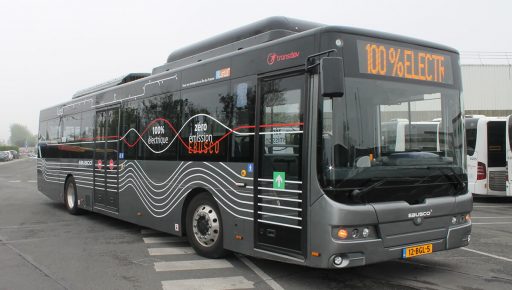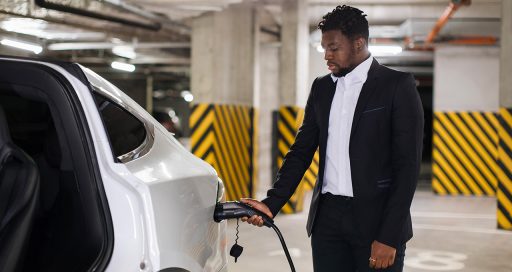To meet the operational needs of transport companies engaged in the transition to all-electric, Mobility, a subsidiary of VINCI Energies, has integrated new functionality into its intelligent charging platform.
![]()
Replacing combustion-engine buses with all-electric vehicles is a major part of the energy transition in public transport. The transition is happening at different speeds in different cities. In France, Paris is aiming to completely renovate its fleet in 2025, while other cities are being more parsimonious. But every transport operator needs to integrate the new technological reality into their organisation.
This evolution in infrastructure and equipment is currently in an experimental phase – the famous “Test and Learn” approach that marks project management in a sector clearing its decks. This is the background to any discussion of batteries and recharging systems.
To begin with, the operators responsible for equipping bus depots focused their attention on planning vehicle recharging phases and optimising energy consumption. Accordingly, the tools they developed were designed to meet these objectives.
But in practice, operators soon realised that smart charging focused solely on energy optimisation could not help them with the reality of day-to-day depot management in the face of uncertainties such as a bus arriving behind schedule or a charging station breakdown.
In the latter case, for example, there is no automatic switching to another charging point, and the bus will not be ready to go back into service without human intervention.
New functionalities
Aiming specifically to meet the operational needs of transport companies, Mobility, a subsidiary of VINCI Energies specialised in the design, outfitting, management and safeguarding of transport infrastructure, has integrated new functionality into its smart charging platform, Cway by Mobility.
“Cway by Mobility offers the flexibility to handle the unexpected events that occur in real life.”
Designed to help transport operators control their operating processes, Mobility’s solution takes account of the organisational changes involved in replacing one energy (thermal) with another (electric). In effect, filling a tank with fuel and filling a battery with electricity are not equivalent procedures.
“With a combustion-engine bus, you just fill it up and park it,” says Mathieu Grenier, CEO of Mobility eBus. “It’s different for an electric bus. The recharging process is longer (between five and eight hours), it’s not always easy for the operator to view charging progress, and technical glitches could delay charging.”
This is why transport operators need to incorporate charging times into their operating schedules, factoring in the contingencies that could affect the charging process. To facilitate this, adds the CEO, “Cway guarantees total operational visibility, allowing them to view information about the charging equipment in real time.”
Real time
Real-time notifications of technical faults give technicians the opportunity to intervene rapidly, manually if necessary, to restart the charging equipment or prioritise one recharge over another. By allowing them to intervene in practice to correct theoretical planning, “The tool gives them the flexibility they need to handle the unexpected events that occur in real life,” says Mathieu Grenier.
Until now, if there were an equipment problem, charging would be interrupted, the vehicle would not be charged, and everything would appear normal from the operator’s viewpoint, but “The Cway platform detects unusual behaviour and notifies the technicians so they can take action on charging in progress and plan any intervention needed on the equipment concerned.”
In the field, this desire to understand the operators’ daily realities is reflected in the communication with the charging systems’ technical environment. Cway is capable of working with different buses and chargers, and with equipment that changes and overlaps over time. “This guarantee of interoperability is a real asset to the operator, along with Cway’s adaptability to their other tools, such as the operations support system and scheduling software,” concludes Mathieu Grenier. When “real-world” intelligence enables real people to take over when necessary.
15/04/2021





